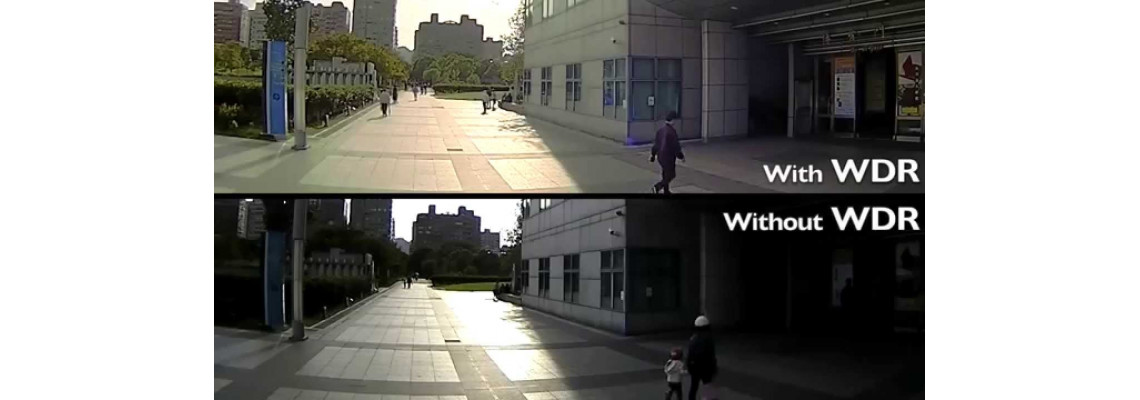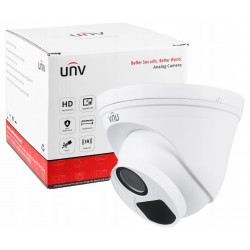Kas ir WDR - funkcija, kas nodrošina augstas kvalitātes attēlus nevienmērīgos apgaismojuma apstākļos.

WDR (Wide Dynamic Range tulk. no angļu val.) - funkcija, kas nodrošina augstas kvalitātes attēlus nevienmērīgos apgaismojuma apstākļos.
WDR piedāvā labāku funkcionalitāti salīdzinot ar BLC (back light compensation - fona gaismas kompensēšana tulk no angļu valodas). WDR izmanto attēla ekspozīcijas analīzi. Tas nozīmē, ka tumšie objekti attēlā tiek izgaismoti, bet objekti, kas ir pārāk gaiši, tiek aptumšoti. Šī funkcija padara visus objektus redzamus pat lielā kontrastā. WDR kameras nodrošina augstas kvalitātes attēlus neatkarīgi no tā, vai kamera tiek izmantota telpās vai āra apstākļos. WDR kamera var tikt izmantota teritorijās, kas pakļautas tiešiem saules stariem, neietekmējot attēla kvalitāti.
Salīdzinājumam, kā tas izskatās dabā - zemāk redzams paraugs, kur izmantoti dažādi režīmi: pa kreisi - bez BLC un WDR, centrā - ar BLC, pa labi - ar WDR.

WDR tehnoloģija ietver arī saistītu D-WDR funkciju.
D-WDR (Digital Wide Dynamic Range) - automātiska WDR pielietošana balstoties uz programmatūras analīzi, izmantojot gamma korekciju, lai viegli identificētu objektus tumšajos attēla apgabalos.
D-WDR tehnoloģiju bieži pārprot kā WDR. D-WDR ir lētāka un mazāk efektīva versija WDR. D-WDR labāk novērš problēmas nelabvēlīgos apgaismojuma apstākļos, tomēr digitālā versija nenodrošina augstas kvalitātes attēlus, ko piedāvā WDR.


